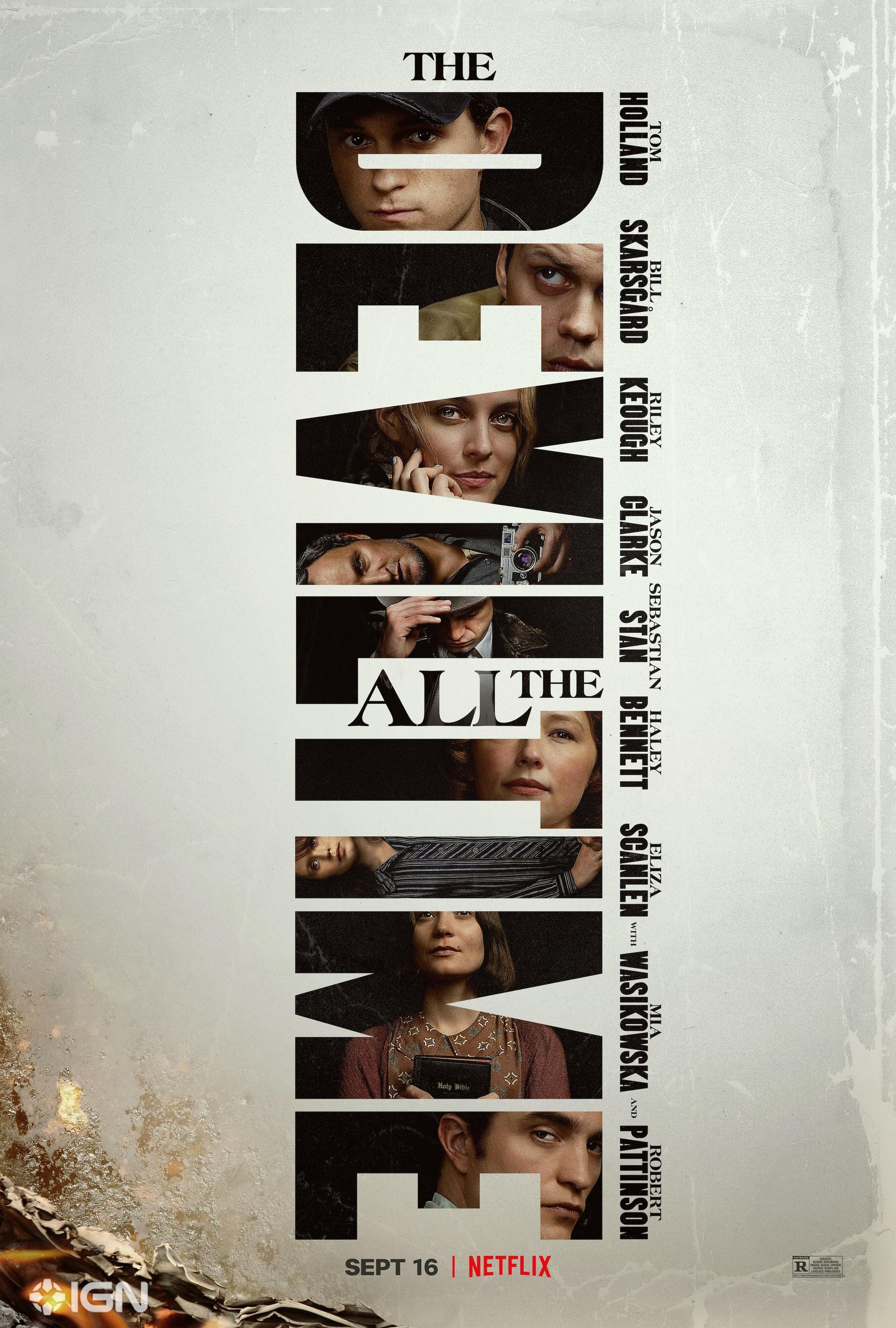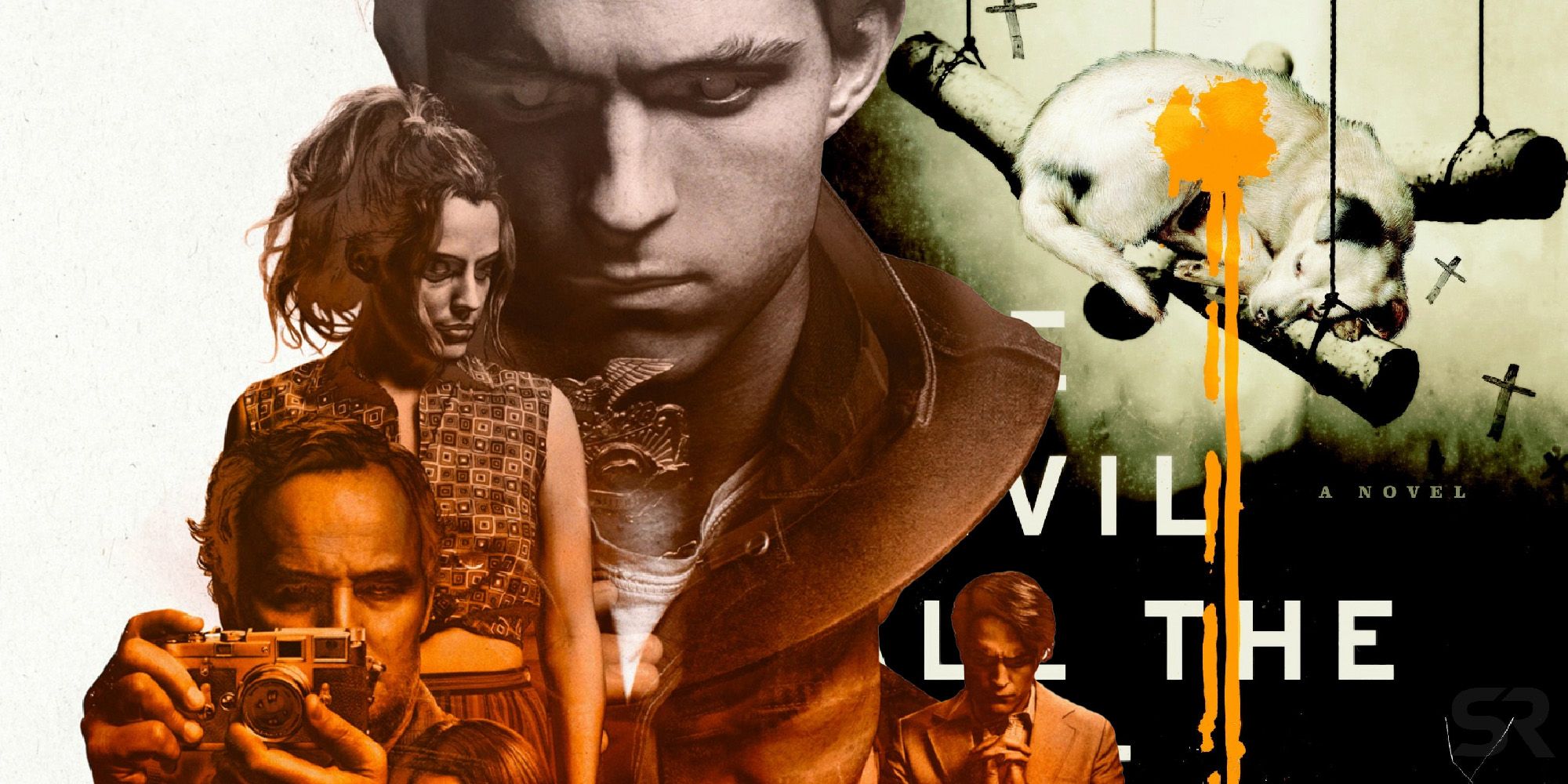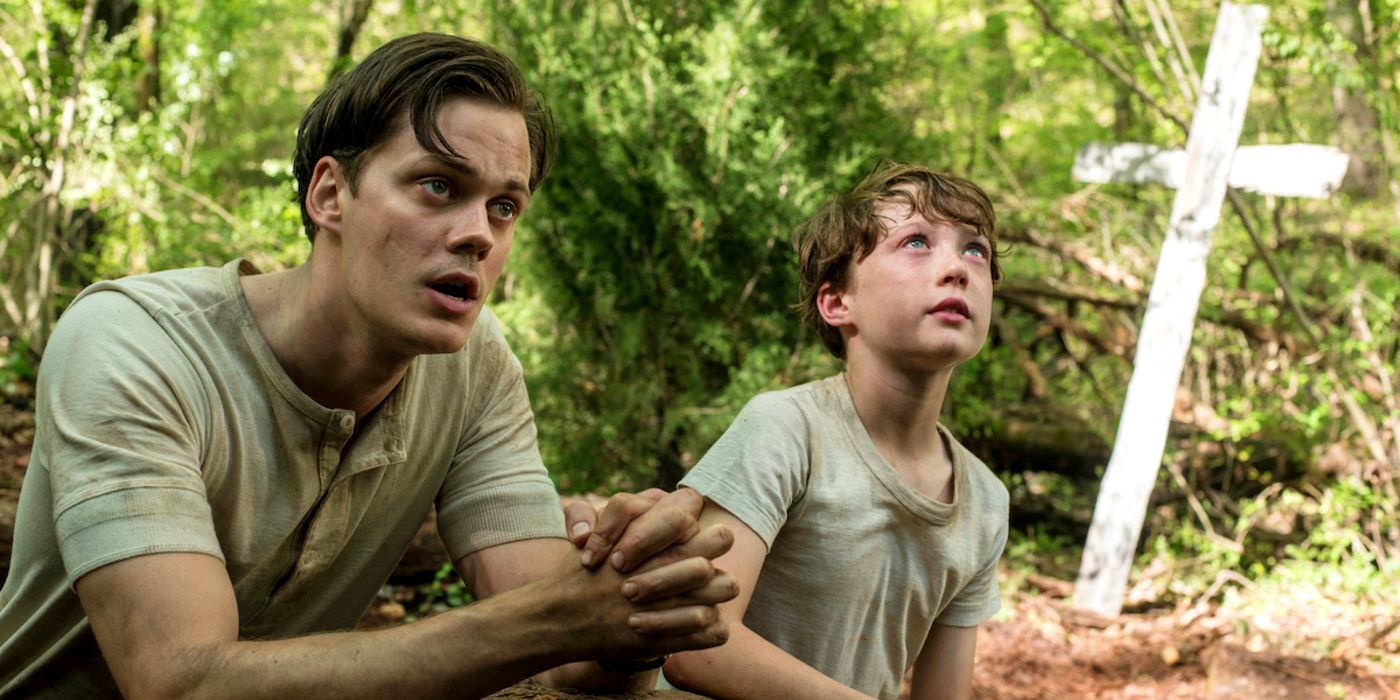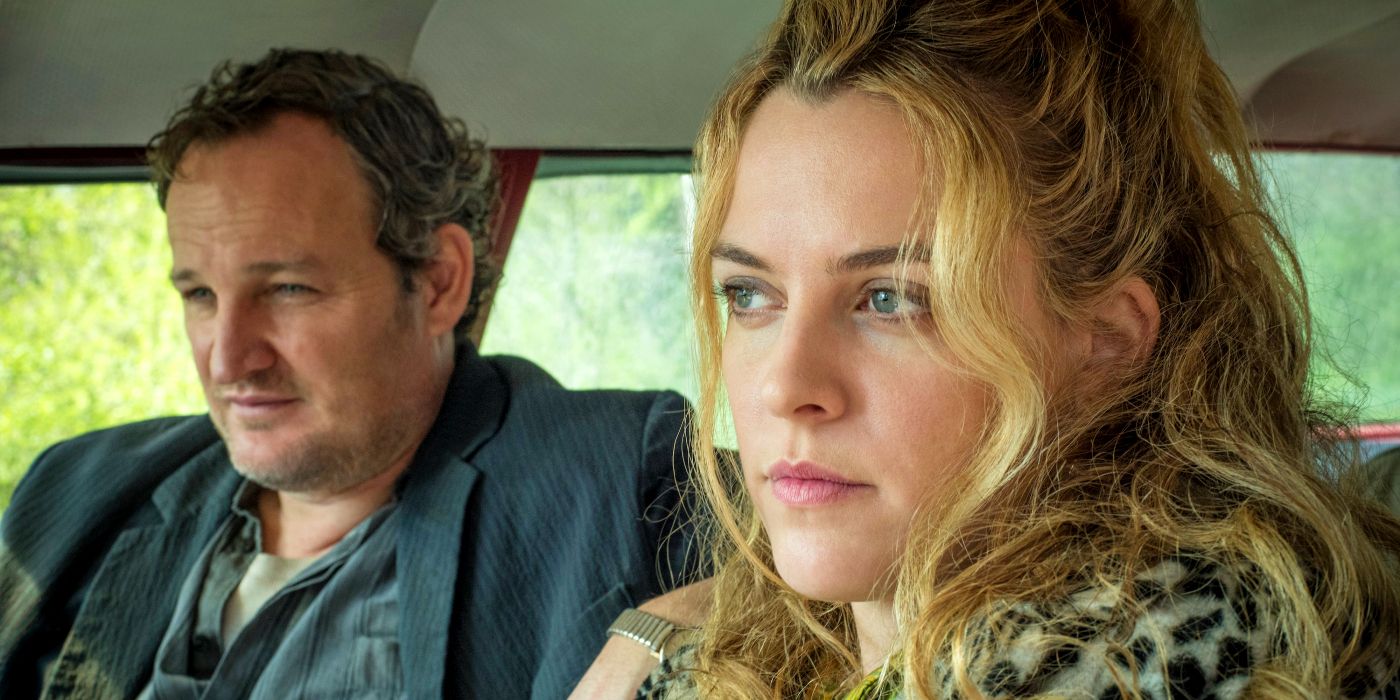The Devil All The Time
Director Antonio Campos ’s film version of Donald Ray Pollock ’s novelThe Devil All The Timefollows the spirit of its source text , only somewhat altering the interlace tale found in Pollock ’s book . Pollock , who recite Campos ’s celluloid , published his unveiling novel in 2011 , andThe Devil All The Timewas encounter with high praise from literary critic and encompassing audiences alike .
The Devil All The Timehas a gritty , southern - gothic whole tone that adds an halo of dread to Pollock ’s post - world-wide War II fib , which play along several unlike narratives and a numeral of characters who face sin and horror on a regular basis in their rural , deeply spiritual community . Set in the source ’s actual hometown of Knockemstiff , Ohio , The Devil All The Timeexamines composition of immorality and religion and in small town America . The book ’s championship is emphasise too soon on inCampos ’s adaptationwhen Pollock ’s spokesperson explain to viewers that that the protagonist , Arvin , thought his troubled father Willard was fighting " the devil all the prison term . "
Related : The Devil All The Time ’s Multiple Timelines Explained ( & How They plug in )

Over the line of six parts , Pollock introduces a number of memorable characters but choose to keep their sordid journeys separate until the conclusion of his story . Campos however , repose out most of his players ahead of time on in the film , alluding to their conflux from the very starting time . Within the first fifteen hour of the film , audiences are introduce to key character such as Arvin ( Michael Banks Repeta , Tom Holland ) , Willard ( Bill Skarsgård ) , Charlotte ( Haley Bennett ) , Sandy ( Riley Keough ) , Carl ( Jason Clarke ) , Helen ( Mia Wasikowska ) and Roy ( Harry Melling ) , who will all have a hazard to tell their story as the wind narratives weave together . consume somewhat unlike routes , the film and novel follow the type through moments of unreasoning trust , volatile anger , penitence and even retaliation .
Differences In Timeline and Structure
Donald Ray Pollock ’s account book has multiple main narratives which traverse across broad timeframes and six separate sections , entitledSacrifice , On The Hunt , Orphans and Ghosts , Winter , Preacher , andSerpents . The film prefer for a slenderly different singing of consequence , having the characters sweep paths in a linear timeline , but switching some secret plan percentage point around . Part one tells the chronicle of Willard Russell , his son Arvin and married woman Charlotte . Deeply religious after his sentence in the war , Willard is distraught when his petition and forfeiture are not enough to save his married woman from cancer . Willard ’s story thread with that of Helen Hatton and Roy Laferty through their shared church andSacrificethen follows the murderous preacher as he kills his wife and will his kid in the hands of Willard ’s mother , Emma . Roy ’s going leads to the predatory Reverend Preston Teagardin ( Robert Pattinson ) coming to town , spur on Arvin and Lenora ’s future troubles .
In the book , Pollock pauses Roy ’s story after he allow his daughter Lenora with Emma Russell , moving onto Sandy and Carl ’s devious deeds , but in the film , Roy ’s story is told all in one go . rather of make Roy ’s death spur the violent finish forward , as it does in the book , Campos has the preacher meet his fate like a shot after killing Helen in an effort to reaffirm his twisted relationship with God . The movie , removing Pollock ’s sectioned parts , interject this narrative with Sandy and Carl earlier than the Good Book does , exhibit Roy ’s journey as continuous as opposed to staggering his story . Pollock ’s novel finally repay to Roy , giving reviewer more info on the disturbed humankind , and later on follow him back to Ohio as he attempts to find Lenora , unaware that the daughter he abandon is already drained . It is during this journey that Roy find thedeadly duo , Sandy and Carl Henderson .
The Book Ending vs. The Movie Ending
While the film stayed almost totally close to the book ’s ending , other than the rearrangement of Roy ’s death , there are some thin dispute in Arvin ’s final scene . Towards the final stage of Campos ’s adaptation , Arvin , pursued by Sandy ’s sidekick , Sheriff Bodecker ( Sebastian Stan ) , winds up back nursing home only to recover that his one-time house has burn down . Intent on inhume the bones of his dog , killed by Willard during one of his sacrifices , Arvin render to his father ’s prayer clearing . In both the film and book , it is here that the final tie occurs , during which Arvin shoots and kills Bodecker before pee his way out of townspeople . His hereafter is left open cease as he leaves Knockemstiff , where he is now considered a runaway . Pollock chooses to end his Scripture with Arvin leaving the clearing , his hope hazy but passably restored .
Theending of the movieThe Devil All The Time , however , use its concluding moments to imagine Arvin ’s possible future , inspiring an initial feeling of optimism before the cyclical result are realise . While hitch away from Knockemstiff , Arvin catches a ride with a young man powerfully resembling Jesus who deal him kindly and recognizes how spent he seems . As the two cause away from town , Arvin considers a potential future in which he is forgive by the law for the murders he has give , since the victims were corrupt and their death may have been for the greater goodness . He thinks about seeing his grandmother and uncle again , and look at the family he may have himself later on , before thoughts of the Vietnam War intrude , advert to the fact that his path may be similar to his Father-God ’s . Arvin is not sure what the future tense holds but for the time being he is dependable , free and able to lie , and right now that is more than enough for him .
In the last , the persistent violence and doomsday that fill the pages of Pollock’sThe Devil All The Timeand Campos ’s haunting adaptation are momentarily swop for a sense of much needed peace , felt by both Arvin and the audience . Both ending breathe on Arvin ’s shoulders , his escape hopefully hinting at a lifetime away from Knockemstiff and the unforgiving pain in the ass of his past times . In this path , even though the movie exchange face of Pollock ’s novel , it does so for put across the experience of read the novel — and thus , is not so different after all .

More : Random act Of furiousness : Every Major Difference From The Horror Graphic Novel


